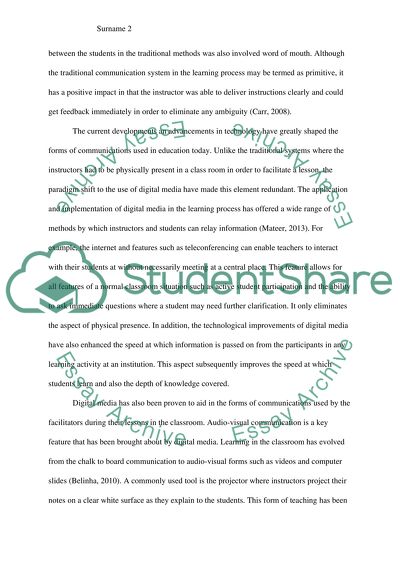Cite this document
(“Digital Media Platforms and Education Research Paper”, n.d.)
Digital Media Platforms and Education Research Paper. Retrieved from https://studentshare.org/education/1490860-digital-media-platforms-and-education
Digital Media Platforms and Education Research Paper. Retrieved from https://studentshare.org/education/1490860-digital-media-platforms-and-education
(Digital Media Platforms and Education Research Paper)
Digital Media Platforms and Education Research Paper. https://studentshare.org/education/1490860-digital-media-platforms-and-education.
Digital Media Platforms and Education Research Paper. https://studentshare.org/education/1490860-digital-media-platforms-and-education.
“Digital Media Platforms and Education Research Paper”, n.d. https://studentshare.org/education/1490860-digital-media-platforms-and-education.


